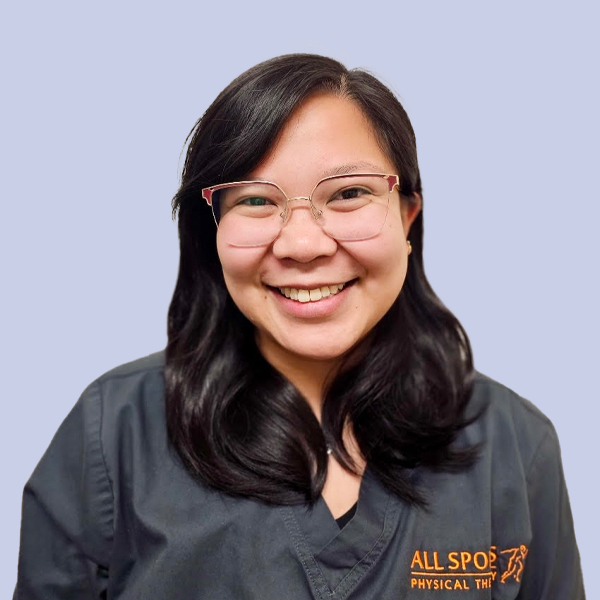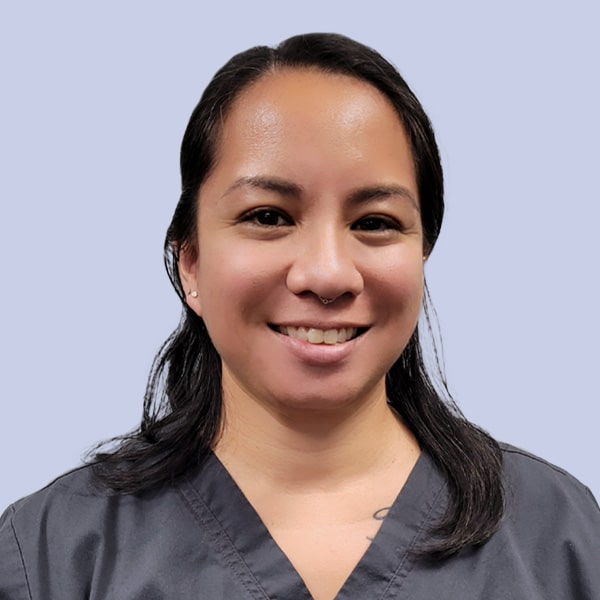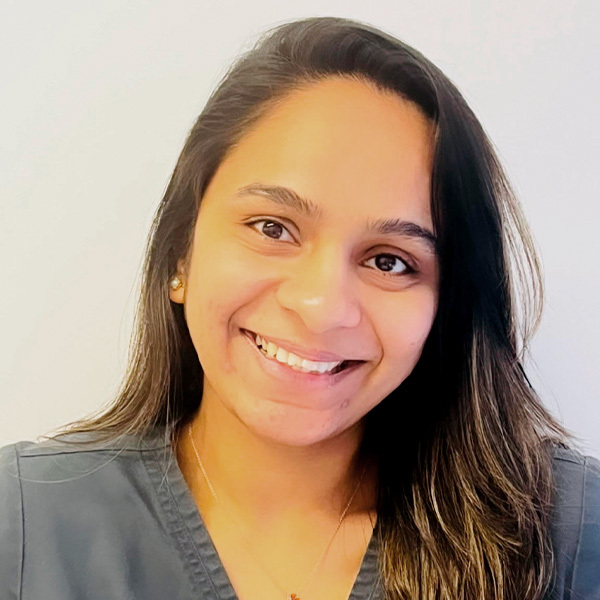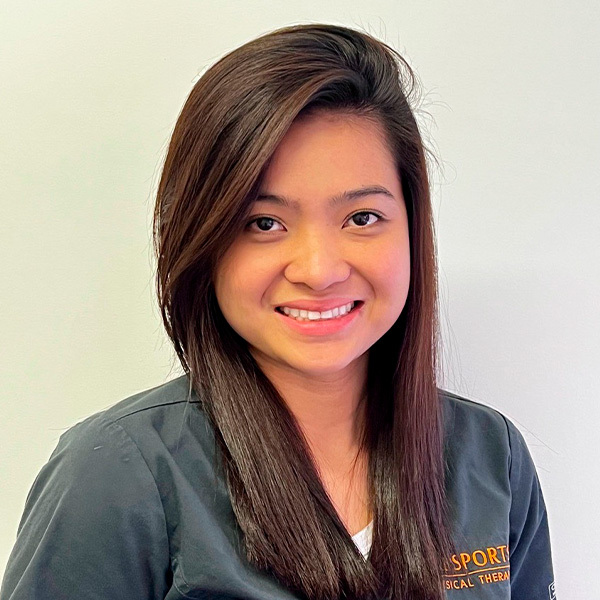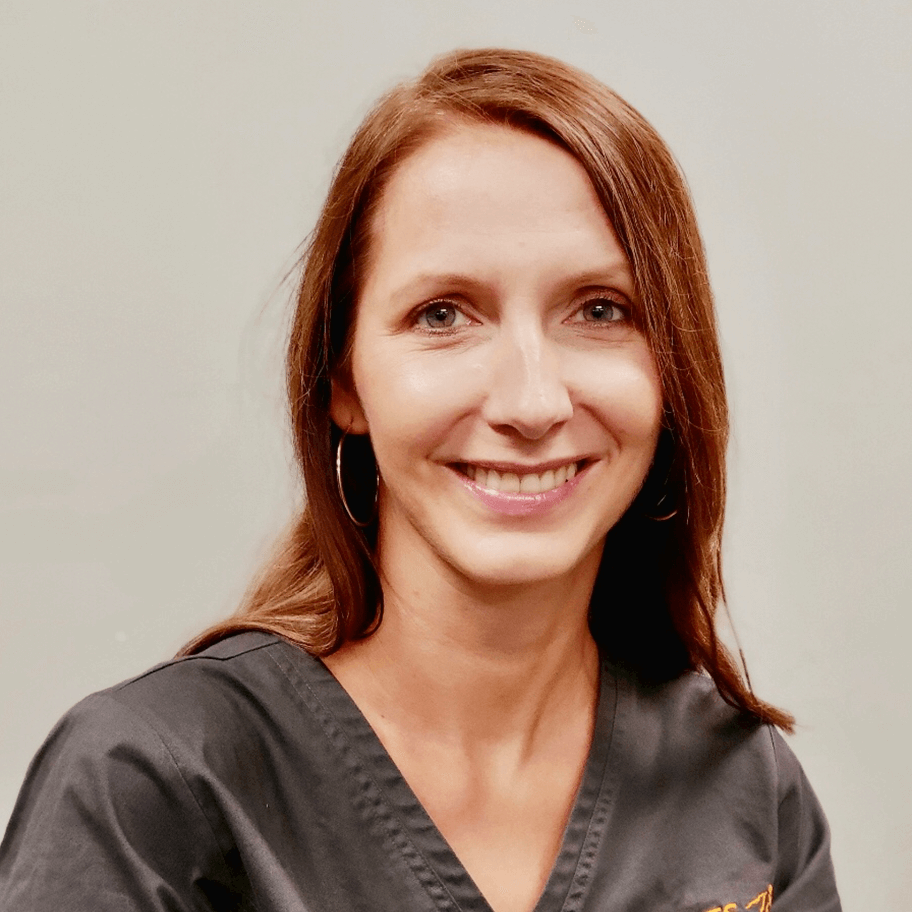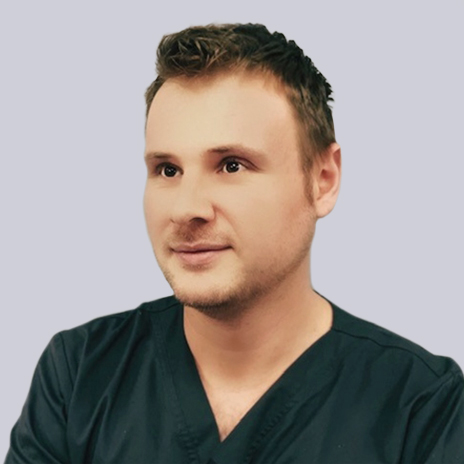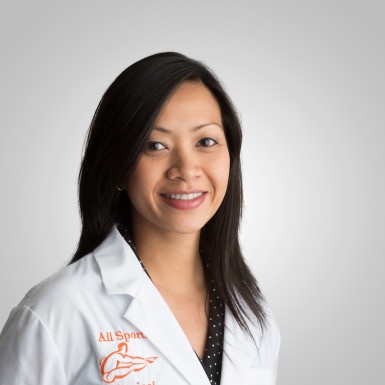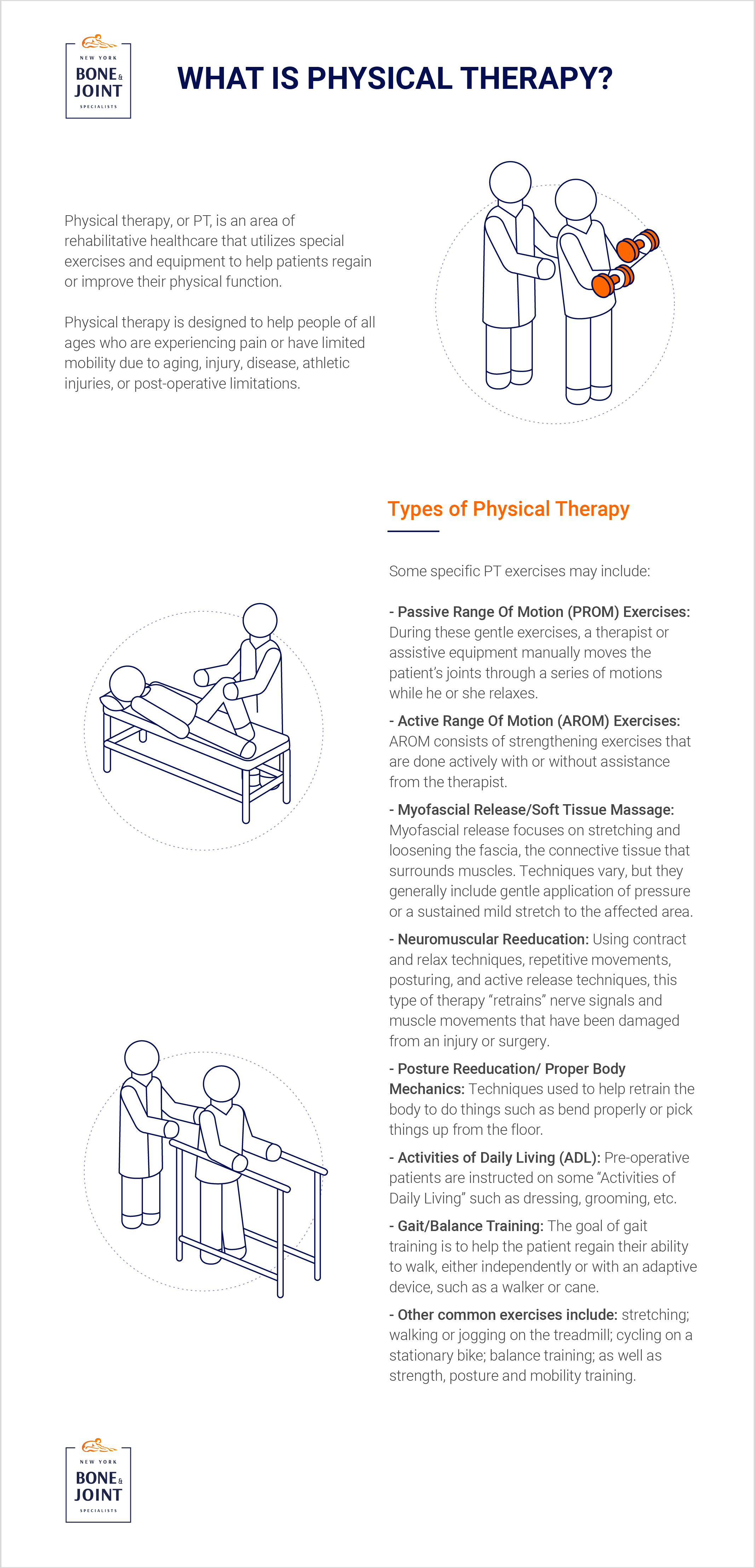New York Bone & Joint offers comprehensive physical therapy through our subsidiary, All Sports Physical Therapy. Our experienced physical therapists treat all orthopedic and musculoskeletal conditions including shoulder injuries, knee injuries, back and neck injuries, hip and pelvic injuries, hand and wrist injuries, and foot and ankle injuries.
Schedule an appointment now:
Upper East Side Physical Therapy
903 Lexington Ave
New York, NY 10065
Phone: (212) 759-8899
Fax: (212) 486-8334
WHAT IS PHYSICAL THERAPY?
Physical therapy, sometimes referred to as “PT”, is an area of rehabilitative health care that utilizes special exercises and equipment to help patients regain or improve their physical function.
Physical therapists design and supervise individualized conditioning programs to help their patients diminish their pain; improve muscle strength and flexibility; and improve balance, posture and coordination to make performing daily tasks, like walking and dressing, easier. During physical therapy, physical therapists also teach their clients how to prevent future injuries.
WHO NEEDS PHYSICAL THERAPY?
Physical therapy is designed to help people of all ages who are experiencing pain or have limited mobility due to aging, injury, disease, athletic injuries, or post-operative limitations. While there are many types of patients who can benefit from PT, some of the most common conditions and injuries treated with physical therapy include:
- Sports-related injuries
- Repetitive and overuse injuries
- Back pain and strain
- Shoulder impingement, hip impingement and other similar injuries
- Bone fractures
- Tendon or ligament ailments, such as an anterior cruciate ligament (ACL) injury
- Meniscus tear
- Total knee replacement (TKR) surgery
- Osteoarthritis and rheumatoid arthritis
- Sacroiliac joint pain
- Spine deformities such as scoliosis, kyphosis and lordosis
- Acute and chronic pain management
- Herniated disc
- Lumbar spinal stenosis and cervical spinal stenosis
WHAT TO EXPECT DURING A PHYSICAL THERAPY SESSION:
During your first physical therapy session, your therapist will ask you questions about your medical history and complete a physical evaluation. Your therapist may also ask you to do a number of functional activities, like sitting and standing up from a chair, to observe your body mechanics. After this has been completed, your physical therapist will help you to establish your recovery goals and then create an exercise program to meet your needs.
Before jumping into more demanding exercises, your physical therapist will have you warm up. This can be done with heat therapy and/or stretching exercises. Once the warm up has been completed, you will likely do a variety of exercises to improve your range of motion, balance, strength, flexibility, posture, and coordination.
The exercises done throughout the course of your treatment will slowly progress in difficulty and intensity. This is often done by increasing weight, repetitions and incorporating exercises of increasing difficulty.
Some specific treatment exercises may include:
- Passive Range Of Motion (PROM) – The goal of PROM is to slowly increase a patient’s range of motion while decreasing pain, swelling, and stiffness. During these gentle exercises, a therapist or a piece of assistive equipment manually moves the patient’s joints through a series of motions while he or she relaxes. PROM is typically used after surgery or injury during the initial recovery phase.
- Active Range Of Motion (AROM) exercises– Like PROM, the goal of AROM exercises is to gently increase range of motion and decrease stiffness. AROM consists of strengthening exercises that are done actively with or without assistance from the therapist.
- Myofascial Release/Soft Tissue Massage – A physical therapist helps patients experiencing pain or a deceased range of motion by stretching and loosening their fascia (the connective tissue that surrounds muscles). Myofascial release techniques vary depending on the part of the body being treated, but it generally includes a gentle application of pressure or a sustained mild stretch to the affected area.
- Neuromuscular Reeducation – Using contract and relax techniques, repetitive movements, posturing and active release techniques, this type of therapy “retrains” nerve signals and muscle movements that were damaged from an injury or surgery so that they become normal again.
- Posture Reeducation/ Proper Body Mechanics – Techniques used to help retrain the body to do things such as bend properly or pick things up from the floor.
- Activities of Daily Living (ADL) – Pre-operative patients are instructed on some “Activities of Daily Living” such as dressing, grooming, etc.
- Gait/ Balance Training – This type of therapy helps patients stand and walk following an injury (like a broken bone or spinal cord damage), surgery (such as amputation or a knee replacement) or illness that has negatively affected their mobility. The goal of gait training is to help the patient regain their ability to walk, either independently or with an adaptive device, such as a walker or cane. They will also help the patient strengthen their muscles, improve their balance, posture, and endurance to help prevent falls.
Other common exercises include: stretching; walking or jogging on the treadmill; cycling on a stationary bike; balance training; as well as strength, posture and mobility training.
Depending on the reason for your physical therapy, your physical therapist may also incorporate relaxation therapies into your regimen. A physical therapy session usually ends with icing or a heating pad. Other treatment modalities that may be incorporated into your session may include:
- Transcutaneous Electrical Nerve Stimulation (TENS) – TENS uses a low-voltage electrical current to decrease muscle, joint, or bone pain. Osteoarthritis patients and people with lower back pain, neck pain, tendinitis, or bursitis are most apt to receive this type of treatment. The electrical current is delivered through wires that adhere to the skin on one end and are connected to a small battery-powered machine on the other. The electrical impulses stimulate the nerves, which in turn sends a message to the brain to block pain signals.
- ESTIM (electrical stimulation) – ESTIM uses an electrical current to strengthen muscles and decrease pain and swelling. The current causes muscles to contract and increases blood flow to promote healing. Patients most likely to use electrical stimulation are those with sprains, broken bones, knee injuries, ACL injuries and people undergoing ACL surgery recovery. Other patients may also benefit from this modality.
- Moist heat (also called superficial heat) treatment – This muscle soreness modality is performed by placing a hot pack onto the affected area for 10 to 15 minutes. Typically, this happens at the end of the physical therapy session. During this time the patient is asked to sit and relax. Moist heat decreases the effects of delayed onset muscle soreness (the soreness you feel after a tough workout), increases circulation, speeds healing, relaxes muscles, and increases range of motion and flexibility. This modality is used by a wide range of physical therapy patients.
- Ultrasound – This non-invasive treatment utilizes sound waves to break up scar tissue, increase blood flow, decrease swelling and promote healing to muscles, injured tendons, and the area being treated. Patients with golfer’s elbow (medial epicondylitis), hip bursitis, tennis elbow (lateral epicondylitis) and elbow fractures often use this modality as part of their treatment.
Before heading home, your physical therapist will record your progress and may give you exercises to complete at home between sessions. Keeping up with prescribed exercises will help to speed the rate of your recovery.
Schedule your appointment at our Midtown-West, Midtown/Grand Central, or Upper East Side locations by booking online or calling our office today.
_________________________________
EXPERIENCING PAIN? DO YOU HAVE AN INJURY?
Our Specialists are here to help.
Book an appointment with NYC’s best orthopedic specialists to discuss your condition. Fill out the form below and you will receive a call from our office within 5-10 minutes. We’ll book an appointment at a time and location that work for you, and send you a reminder by email.
OUR EXPERTISE
The orthopedic specialists at New York Bone & Joint are highly skilled in treating numerous sports injuries. A sampling of our expertise can be found below.
